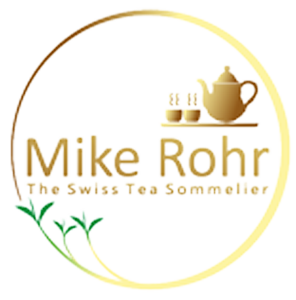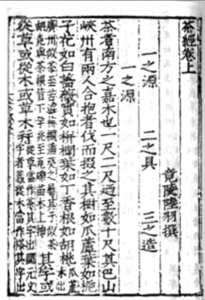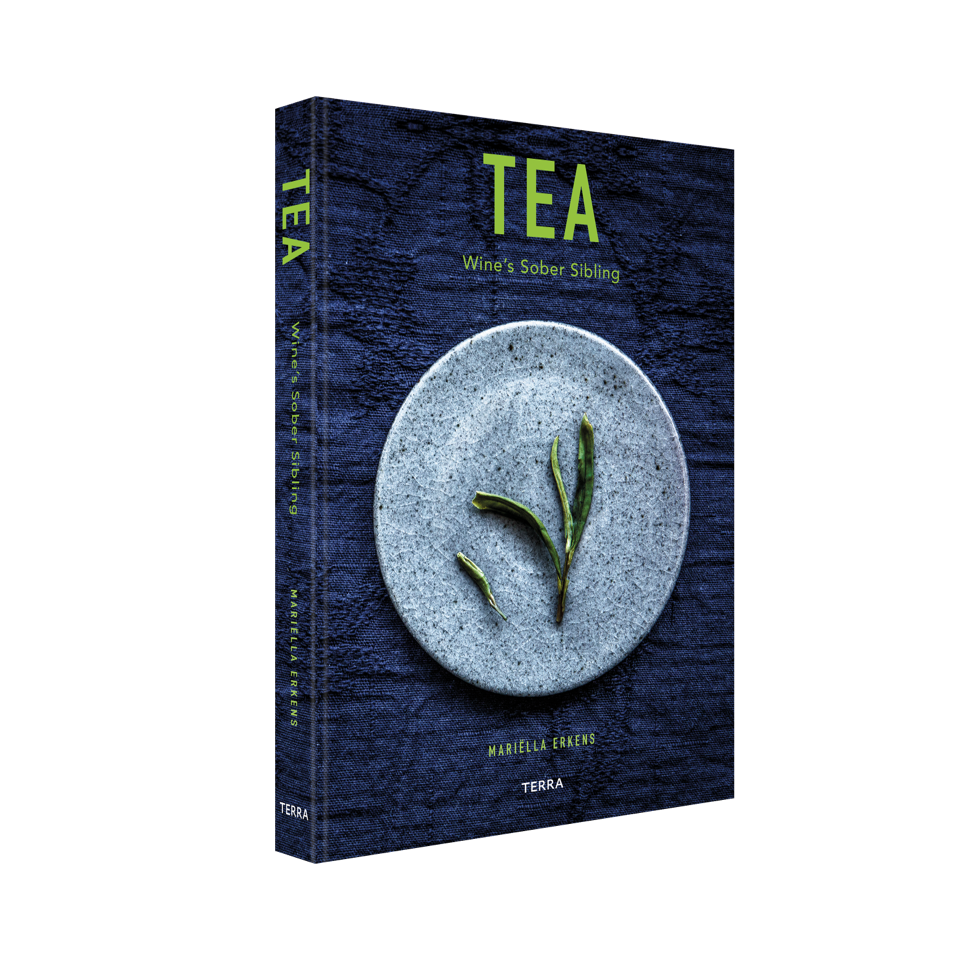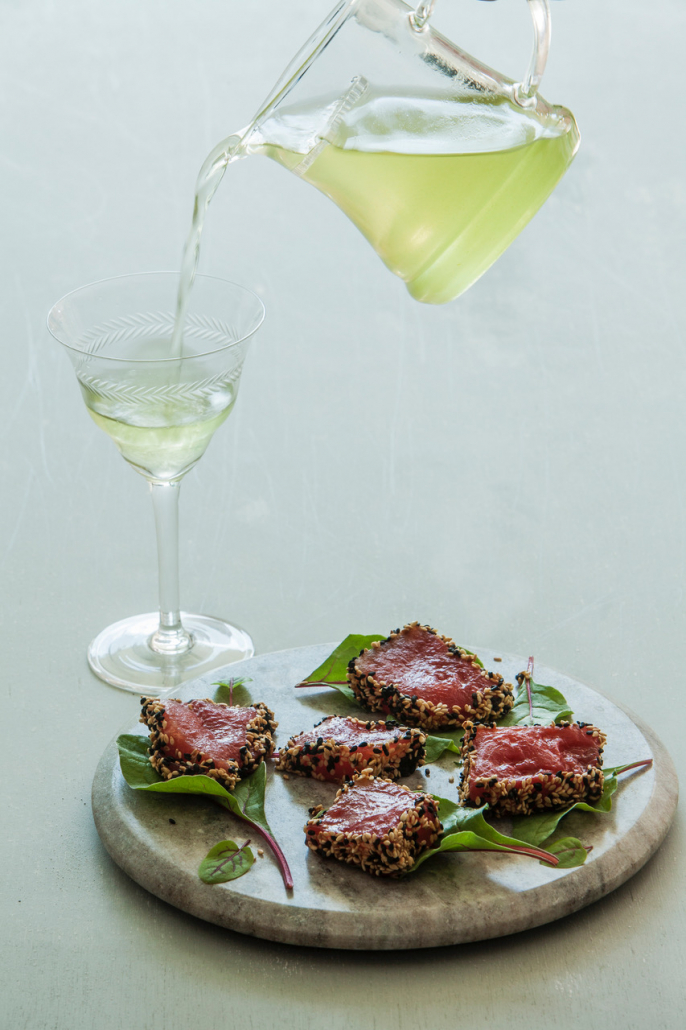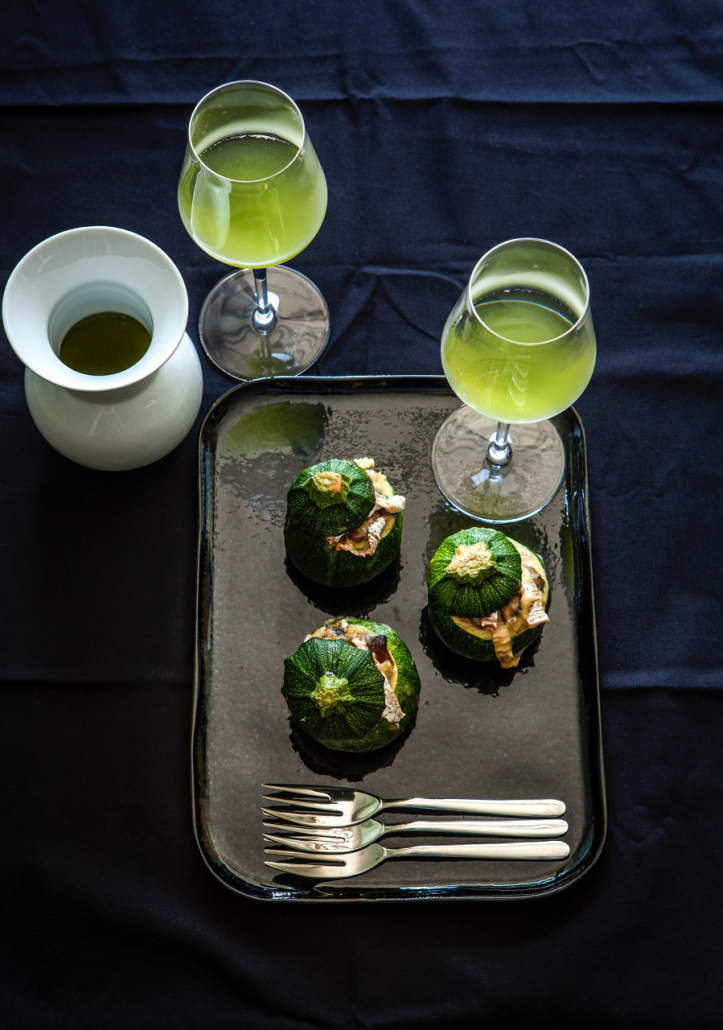Which Water ?
The biggest component of your tea liquid is water, and so it is obvious that water quality plays a major role in addition to the quality of your tea leaves. Funnily enough, water quality is also the most neglected aspect when it comes to making tea. We tend to reach for the water that is available, but we hardly or never think about which water might produce a better quality tea.
The differences when using different kinds of water, however, can be quite staggering. So much so that I can drink the same tea in two different places and sometimes wonder whether it is actually the same tea. I’ve gone as far as bringing my own tea leaves along – and yet I still find some teas can vary wildly if prepared in another place. (To make matters worse, I find that some teas react more favourably to some kinds of waters while other teas don’t seem to mind that much).
World famous Jane Pettigrew is a great fan of Brita filters. She and her UK Tea Academy team ran tests with the Brita of Germany, and lo and behold they found that Brita-filtered water provided a much more pleasant experience:
Lu Yu, who famously wrote the Cha Ching, did not grapple with British water from the tap. There is a nice little story (here) according to which he preferred water from the middle of a particular river.
Tea Sommelier Mariëlla Erkens from Amsterdam has just published a sensationally comprehensive yet readable book (Tea: Wine’s Sober Sibling. You can buy it from her directly with this link already now and even ask for a dedication) in which she not only covers tea and food pairings, cooking with tea, chocolate and tea, as well as cheese and tea. A former chef, she knows that the main ingredient ‘water’ plays a central role and thus in her book devotes several pages to pH, tap water, filtered water, even reverse osmosis (Domestic reverse osmosis ? Really ?), bottled water etc. An additional double page later in the book on technical aspects of water are testimony to how scrupulously she has done her homework (and she always does her work most diligently).
Peter Rindlisbacher, a tea sommelier and wine expert, likes to serve his guests tea with Evian water, and so I was most intrigued when Obubu Tea Farm started experimenting with Evian.
Now, the expression “experiment” is quite apt on the one hand. On the other, however, what Obubu did is absolutely sensational: They used a total of nine different kinds of waters (available in Japan) and created a Tea Colour Map.
The picture on the left shows how Mariella serves her Tamaryokucha (It’s actually “Vegan sashimi van watermeloen met Tamaryokucha groene thee) and the picture on the right shows the colours of the same Tamaryokucha (A slightly fickle, coiled Japanese green tea) prepared with 9 different kinds of water.
Of course, it is not only the colour that counts; in fact, one could even argue that when it comes to colour & taste, colour will influence the perceived taste, but colour will always play an underlying role and at the end of the day it is really the taste of your tea that matters most. What the Obubu 9 waters experiment does very appealingly, however, is to visualize what a difference the choice of water can make. As a consequence, it then follows that if your choice of water can affect the colour of your tea, it is more than likely that it also exerts an influence on components that generate the taste profile of your tea !
Below: The same Tamaryokucha again (just look at the mesmerising colour !), this time paired with Courgettes, stuffed with mushrooms and Camembert (Recipe included on page 83 in Tea: Wine’s Sober Sibling).
